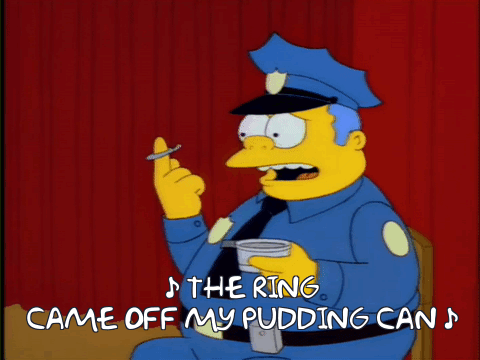
It is also important to understand for cinematography, where the quality of what shows on screen is critical. By understanding the various formats, you can ensure that your video is viewed in the right way with the best quality. From high-end 4K home theaters to video streaming from a cellphone, video is everywhere. Today many, many more options exist and people are taking advantage of them all. Twenty years ago, everybody was watching movies the same way - either on a screen via a projector, or on a television set. When a film festival or broadcaster asks for a delivery format for video, the better you understand it, the easier it will be to have your project looking the best it can.
#VIDEO TO GIF MAKER AUDIO COULD NOT BE DECODED SOFTWARE#
To know if editing or color correction software can handle you video natively or if it will need to be transcoded, you have to know the format of the footage.

If you understand the format that a camera shoots in, then you can calculate how much storage space you will need for the footage you plan to shoot. There’s a multitude of reasons that video format is important for video editing. But fear not! Once you unlock the knowledge of codecs and containers, you’ll be able to continue your quest toward great video. Many work hours can be lost to footage in formats that render slowly or need to be transcoded. On top of that, many of these standards had their own sub-standards (MPEG-1, MPEG-2, etc.)

Suddenly there was a bewildering array of video formats. When the digital age dawned, everything went out the window. If you read a two-page article, you would discover the differences. A few decades back, when Videomaker was just starting out, shooting and editing got a little complicated with the introduction of VHS, VHS-C and Betamax.


 0 kommentar(er)
0 kommentar(er)
